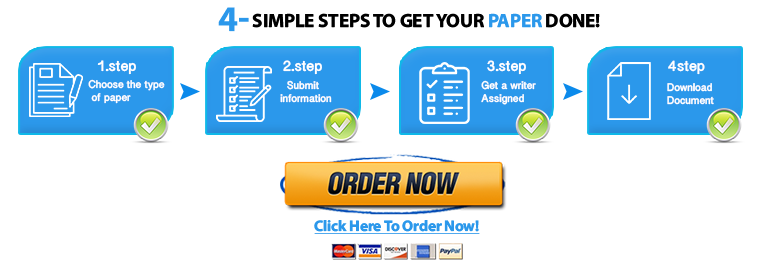Marginal Cost Schedules for Plant A and Plant
Question Description
I would like you to fill in the costs missing in the Table below by answering the following question. Then you will be debriefed on what this means in the next reading.
Assume first that the progress ratio in this industry is 80%. We can then derive the coefficient b in the equation c(t) = c(0) x(t)^-b by comparing two points on the curve, for example at a cumulative production of 1 and 2 units. For any other progress ratio than 80%, please put in the relevant progress ratio for c(2).
c(1) / c(2) = 1 / 0.8 = c(0) * 1^-b / c(0) * 2^-b, simplifies to
(1/2)^-b = 1 / 0.8, or
-b = ln(1/0.8)/ln(1/2)
giving b = 0.32.
You can now insert b in the equation and compute any cost for any level of cumulative output, as long as you know the cost for the first unit. If you dont know the cost for the first unit you still know the relative cost reduction between any two doublings of output.
In the following quiz, we will practice calculating marginal cost based on the learning curve.
Let us presume that there are two competing plants which starts production on the same day. They are in an industry with a progress ratio of 80%. Let’s call them plant A and B. Let’s also assume that they both follow the same progress ratio and that the first unit produced costs 1 Euro to make. Plant A is built for a capacity of producing 100 units a month while plant B has a capacity of producing 200 units a month.
The marginal cost schedules should be obtained for the two plants
| Month 1 | Month 2 | Month 3 | Month 4 | Month 5 | |
| Cumulative production plant A | 100 | 200 | 300 | 400 | 500 |
| Marginal cost A | |||||
| Cumulative production plant B | 200 | 400 | 600 | 800 | 1000 |
| Marginal cost B |
/!\ Please enter your answers with two decimals, as follows #.##


